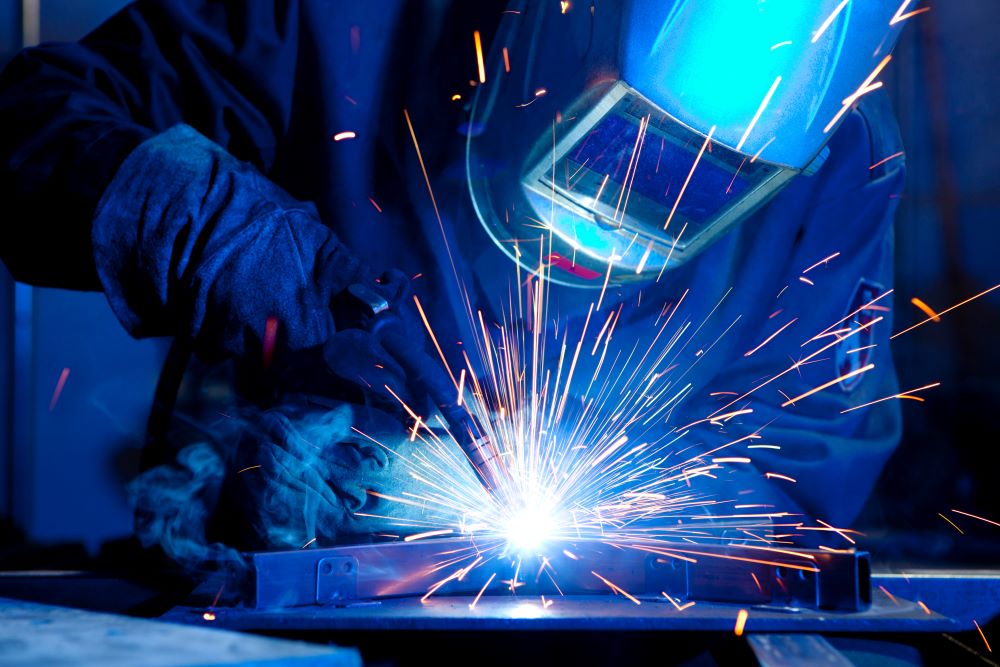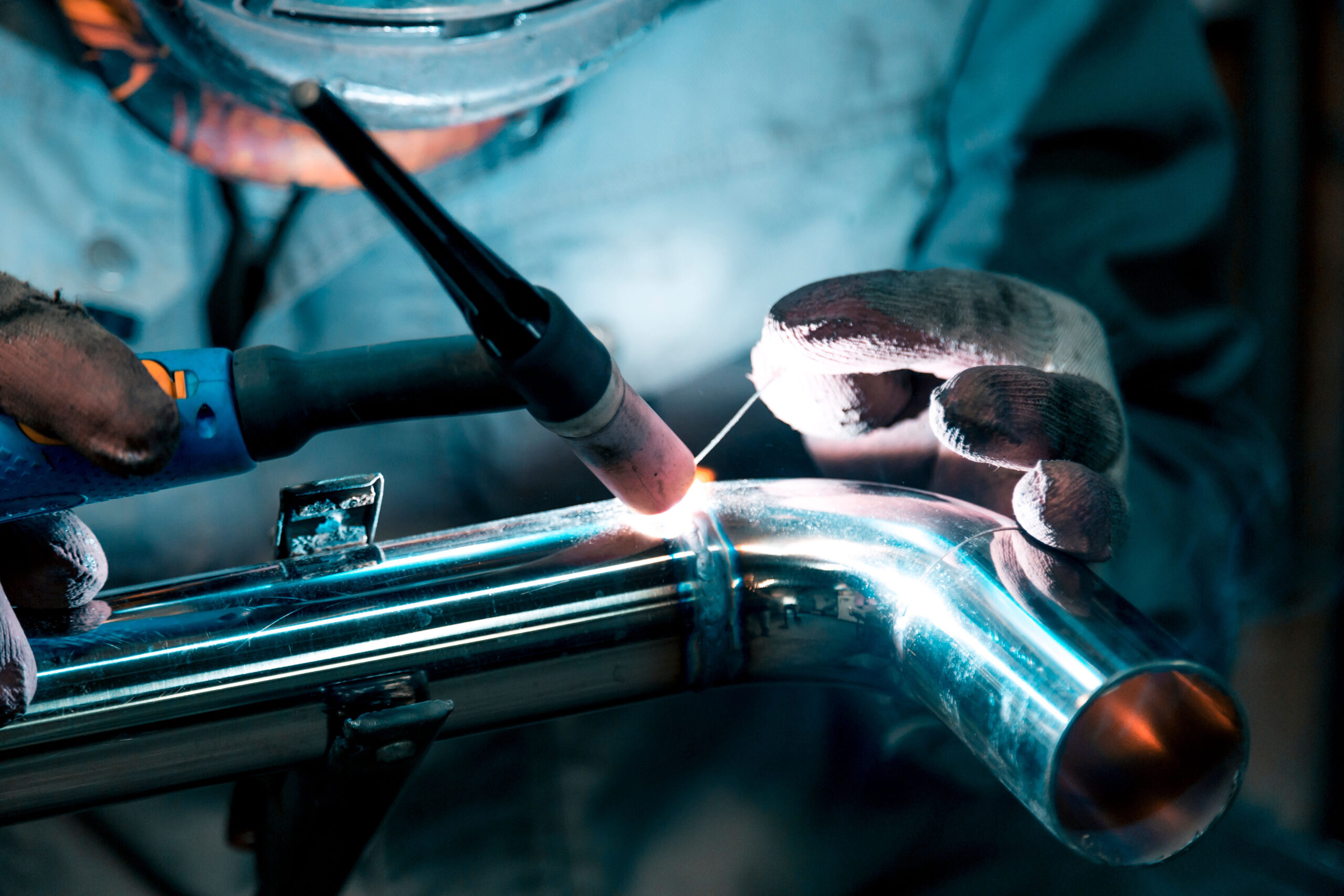Getting Welding Excellence: Unveiling the Tricks of WPS Application and Optimization
In the world of welding, achieving excellence is a pursuit that depends upon the precise execution and optimization of Welding Procedure Specifications (WPS) These foundational papers function as the backbone of welding operations, dictating the procedures and criteria needed for generating premium welds consistently. Nevertheless, the keys to opening the complete possibility of WPS exist not just in recognizing its relevance yet additionally in mastering the intricacies of its execution and optimization. By delving into the crucial elements, methods, difficulties, and finest methods related to WPS, a globe of welding quality waits for those who agree to explore its depths.
Importance of WPS in Welding
The Relevance of Welding Procedure Specs (WPS) in the welding industry can not be overemphasized, offering as the backbone for ensuring uniformity, quality, and safety and security in welding operations. A WPS offers comprehensive guidelines on exactly how welding is to be accomplished, including necessary variables such as products, welding procedures, joint design, filler metals, preheat and interpass temperature levels, welding currents, voltages, travel rates, and much more. By sticking to a distinct WPS, welders can preserve uniformity in their work, leading to consistent weld high quality throughout various projects.

Key Elements of WPS
Going over the important components of a welding procedure requirements (WPS) is essential for comprehending its role in welding operations. A comprehensive WPS includes a number of key elements that assist welders in accomplishing quality and consistency in their work. One crucial element of a WPS is the welding process spec, which details the details welding processes to be made use of, such as gas tungsten arc welding (GTAW) or shielded steel arc welding (SMAW) In addition, the WPS consists of details on the welding products, such as the kind and specifications of the base steel and filler steel to be made use of. The WPS additionally defines crucial variables like welding criteria, preheat and interpass temperature level needs, and post-weld heat treatment procedures. Additionally, it includes info on joint layout, fit-up, and any special strategies or safety measures necessary for the welding procedure. By integrating these crucial elements right into the WPS, welding procedures can be standardized, ensuring high quality, effectiveness, and safety and security in welding procedures.
Approaches for WPS Optimization

Second of all, training and certification of welding personnel according to the certain demands of the WPS is paramount. Providing comprehensive training programs and guaranteeing that welders are licensed to implement procedures described in the WPS can lead to greater top quality welds and lowered rework.
Furthermore, leveraging technology such as welding software application and surveillance systems can assist in optimizing WPS. These tools can help in monitoring variables, guaranteeing parameters are within defined restrictions, and giving real-time responses to welders, enabling them to make instant adjustments for enhanced weld top quality.
Usual Difficulties and Solutions
Facing challenges in carrying out the approaches for WPS optimization can hinder welding operations' effectiveness and high quality. One usual challenge is poor training or understanding of the welding procedure specs (WPS) among the welding group. This can cause inappropriate implementation of welds, causing issues and rework. To resolve this, thorough training programs ought to be carried out to ensure that all welders excel in analyzing and applying WPS properly.
Another difficulty is the lack of proper paperwork and record-keeping, which is vital for WPS optimization. Without clear records of welding parameters, materials used, and evaluation outcomes, it becomes difficult to determine locations for renovation and make certain uniformity in welding processes. Executing a robust paperwork system, such as electronic welding administration software program, can help simplify record-keeping and assist in data evaluation for continuous enhancement.
Additionally, inconsistent welding devices calibration and maintenance navigate here can present a considerable challenge to WPS optimization. Regular devices checks, calibration, and upkeep routines should be stuck to strictly to ensure that welding specifications are precisely managed and maintained within the defined tolerances (welding WPS). By resolving these usual difficulties with proactive services, welding procedures can boost effectiveness, top quality, and general welding quality
Best Practices for WPS Execution
To make certain successful WPS implementation in imp source welding procedures, adherence to sector requirements and meticulous focus to information are paramount. When starting WPS execution, it is vital to start by completely recognizing the certain welding demands of the job. This involves a comprehensive review of the welding procedure specs, products to be bonded, and the environmental conditions in which the welding will certainly happen.
When the requirements are clear, the following step is to choose the suitable welding procedure that straightens with these requirements. This includes seeking advice from the relevant codes and standards, such as those given by the American Welding Culture (AWS) or the International Company for Standardization (ISO), to make sure conformity and quality.
Furthermore, recording the entire WPS implementation procedure is necessary for traceability and high quality control. Thorough records need to be maintained regarding welding criteria, material prep work, interpass and preheat temperatures, welding consumables made use of, and any type of discrepancies from the initial treatment. see page Regular audits and reviews of the WPS can assist identify locations for improvement and guarantee recurring optimization of the welding process.


Conclusion
In conclusion, the application and optimization of Welding Treatment Specifications (WPS) is essential for achieving welding quality. By comprehending the crucial elements of WPS, applying reliable approaches for optimization, attending to typical difficulties, and complying with ideal practices, welders can make certain top notch welds and risk-free working conditions. It is essential for professionals in the welding market to focus on the proper implementation of WPS to enhance overall welding performance and accomplish wanted end results.
The Value of Welding Treatment Specs (WPS) in the welding market can not be overemphasized, offering as the backbone for making sure consistency, high quality, and security in welding procedures. A WPS supplies comprehensive instructions on just how welding is to be carried out, consisting of important variables such as products, welding procedures, joint design, filler steels, preheat and interpass temperature levels, welding currents, voltages, traveling rates, and extra. One important facet of a WPS is the welding procedure spec, which describes the specific welding procedures to be used, such as gas tungsten arc welding (GTAW) or protected metal arc welding (SMAW) By integrating these key aspects right into the WPS, welding procedures can be standard, ensuring high quality, effectiveness, and safety in welding procedures.
It is critical for professionals in the welding industry to focus on the correct execution of WPS to improve general welding performance and achieve desired results.